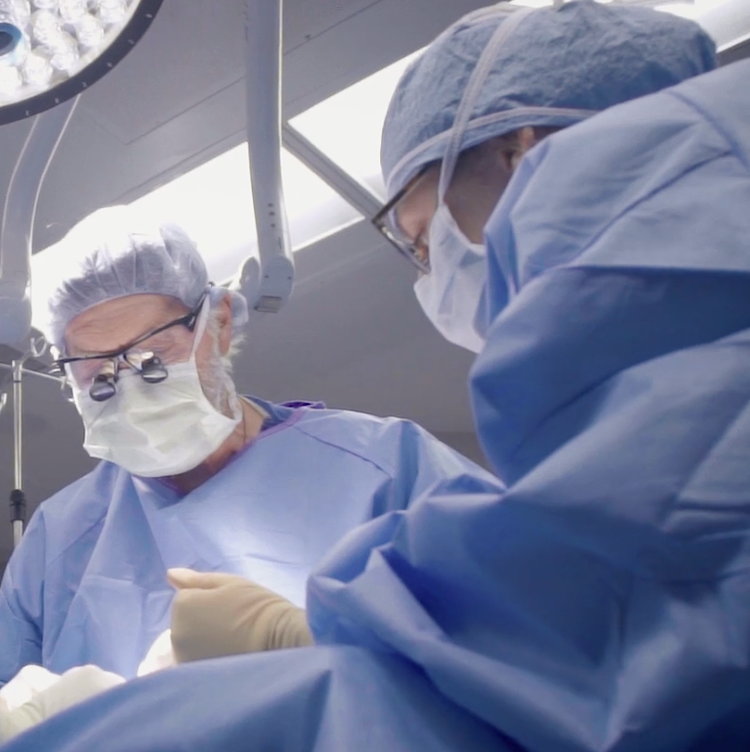 The University of Alabama at Birmingham (UAB) Hospital has been recognized as the best hospital in Alabama by U.S. News & World Report in its 2024-2025 Best Hospital rankings. UAB Hospital also holds the top position as the best hospital in the Birmingham metro area. Additionally, six UAB programs have been designated as High Performing, including the UAB Medicine Orthopaedics.
The University of Alabama at Birmingham (UAB) Hospital has been recognized as the best hospital in Alabama by U.S. News & World Report in its 2024-2025 Best Hospital rankings. UAB Hospital also holds the top position as the best hospital in the Birmingham metro area. Additionally, six UAB programs have been designated as High Performing, including the UAB Medicine Orthopaedics.
U.S. News & World Report's orthopaedics rating is based on various data categories, including patient outcomes such as survival rates, the volume of high-risk patients, patient experience, nurse staffing, and the use of advanced clinical technologies. Hospitals are scored, and the top 10 percent within each specialty are classified as High Performing.
Orthopaedics is the branch of medical care that addresses injuries and diseases affecting the musculoskeletal system, which includes bones, muscles, joints, and ligaments that connect these parts of the body.
The UAB Department of Orthopaedic Surgery is committed to nurturing and guiding the next generation of physicians and physician-scientists, recognizing that trainees are the foundation of the nation's health care system. Faculty, staff, and trainees play a vital role in shaping the future of healthcare through their expertise in education, research, and clinical practice.
“Our mission has always been to provide top-notch and patient-centered care" explains Steven Theiss, M.D., professor and chair of the UAB Department of Orthopaedic Surgery. “This recognition is a testament to the hard work of everyone on our team who prioritizes the needs of our patients. We will continue to strive to earn the trust that patients put in us when they choose UAB Orthopedic as their care partner.”
Clinical care is an integral part of the Department of Orthopaedic Surgery’s tripartite mission. Patient care and outcomes are at the heart of our research, education initiatives, and overall departmental efforts. This commitment to excellence is reflected in our rankings, which highlight the impact of our work when it comes to patients and the broader medical community.